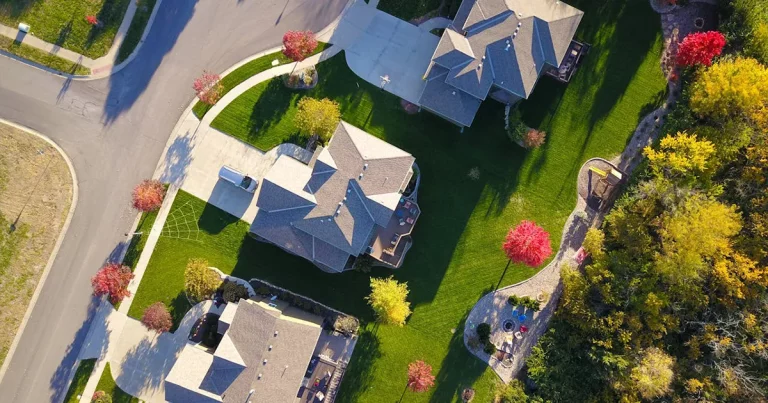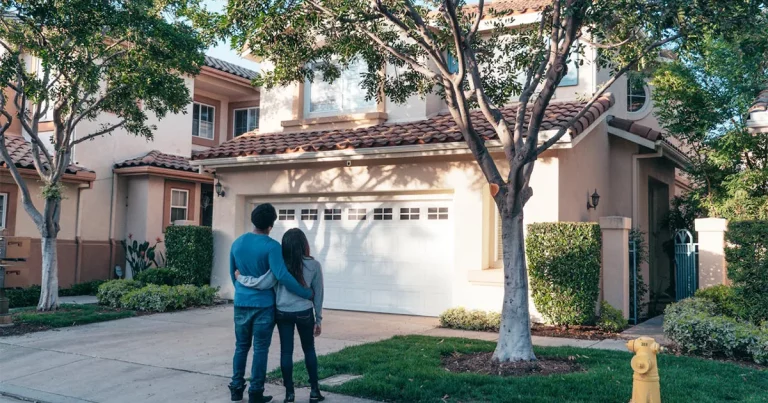If you’re a homeowner in California, chances are you’ve heard the term foreclosure and worried what it could mean for you.
At the same time, the idea of personal finance may feel abstract. In truth, managing your personal finance well is one of the best tools you have to avoid the risk of foreclosure.
In this guide, we’ll walk through the five main areas of personal finance, the 50/30/20 rule, the three types of finance, and then we’ll shift focus to how those personal finance principles tie directly into the California foreclosure process.

The Five Main Areas of Personal Finance
When experts break down personal finance, one of the most common frameworks identifies five key areas: income, spending, savings, investing and protection.
Here’s what each means — and why it matters for homeowners in California.
- Income – This is all the money you bring in: your salary or wages, side gigs, investment returns, rental income, etc.
- If your income is unstable or falling, your ability to stay current on a mortgage is at risk.
- A drop in income is one of the main triggers for delinquency and eventual foreclosure.
- Spending – The money you send out for day-to-day living: housing costs, utilities, food, transportation, debt payments, and discretionary expenses.
- In high-cost places in California, housing plus tax plus utilities can push spending into the danger zone.
- If your spending on needs becomes too large relative to income, you squeeze out savings and become vulnerable.
- Savings – What you set aside for emergencies, large future goals or as a financial buffer.
- For example, if you lose a job or face a big repair (roof, plumbing, wildfire damage in CA), you’ll rely on savings.
- Without a savings buffer, you may fall behind on your mortgage and open the door to foreclosure.
- Investing – Putting money to work so it grows over time: stocks, bonds, real estate, retirement accounts.]
- While investing is more long-term, it connects to homeownership: building equity, finding better returns, diversifying risk.
- If a large portion of your net worth is tied up in one home and you hit trouble, you may lack flexibility.
- Protection – Planning for risk: insurance (homeowner’s, hazard, life), estate planning, risk mitigation.
- In California, risks like wildfires, earthquakes, job termination, medical emergencies are real. Having protection helps safeguard your home and finances.
- Without protection, an unexpected event could lead you down the path to delinquency and hopefully avoidable foreclosure.
By recognizing and strengthening each of those five areas of personal finance, you create a stronger foundation. And when your foundation is stronger, you’re much less likely to be swept into a foreclosure process.
What is the 50/30/20 Rule for Personal Finance?
One of the simplest, widely‐recommended budgeting frameworks in personal finance is the 50/30/20 rule.
Here’s how it breaks down:
- 50% of your after-tax income goes to needs (essential living expenses like housing/mortgage, utilities, groceries, minimum debt payments)
- 30% goes to wants (non‐essentials – dining out, entertainment, upgrades)
- 20% goes to savings and debt repayment (building emergency funds, investing, paying down principal)
Why this matters if you own a home in California
- Suppose your mortgage, taxes, insurance, and utilities are eating up much more than 50% of your take-home pay. That squeezes all other buckets (wants and savings).
- If savings drop to near zero, you have no buffer when trouble hits (job loss, big repair, major increase in interest rate). That heightens the risk of missed mortgage payments and eventually foreclosure.
- Using the 50/30/20 rule (or at least aiming for it) helps you maintain a healthier balance: you cover your needs, enjoy life, and save for unexpected events — which all support stable homeownership.
Keep in mind: in high‐cost markets like many parts of California, you may need to adjust the percentages (for instance, your “needs” might be 60%+ of income). But the principle stands: budgeting consciously helps avoid foreclosure.

What are the Three Types of Finance?
When you zoom out, “finance” as a field is usually divided into three broad types:
- Personal finance – managing the money of individuals and households.
- Corporate finance – how companies manage funding, investments, capital structure.
- Public finance – how governments raise and spend money (taxation, budgeting, public services).
For the purpose of this guide, we’re focused entirely on personal finance — because as a homeowner you’re dealing with your individual and household money, and the threat of foreclosure is something you personally face.
Personal Finance Meaning — In Plain English
So what is personal finance? In simple terms: it’s everything you do to plan, manage, grow and protect your money so you can live the life you want – both now and in the future.
When you hear “personal finance,” think of it as your money blueprint — how you earn, spend, save, invest and defend your finances.
When that blueprint is well-built, you’re in a much better position to handle major life events (job loss, emergencies, repairs) without falling behind on your mortgage and risking a foreclosure.
Linking Personal Finance to Foreclosure – Why It Matters
Now let’s draw the direct connection between personal finance and the risk of foreclosure in California:
- If your income drops or you lose your job, your ability to make your mortgage payments goes down.
- If your spending for housing is too high (doesn’t leave room for savings or variable costs), you’re more vulnerable.
- If you lack savings, you’ll have no cushion when things go sideways (repair, medical, job).
- If you haven’t built equity or flexibility through investing, you may be stuck if interest rates rise or property values fall.
- If you have no protection, you risk large shocks (disaster, fire, flood) forcing you to divert funds from your mortgage.
By looking after those five personal finance pillars and following budgeting frameworks like 50/30/20, you dramatically reduce the odds that you’ll end up in a foreclosure situation.
How the Foreclosure Process Works in California
Here is how foreclosure typically plays out in California (non-judicial foreclosure, the common route) and why timing matters.
- A homeowner falls behind on mortgage payments.
- After the lender contacts the borrower and attempts to work out alternatives, the lender records a Notice of Default (NOD). In California, the lender must wait at least 30 days after making contact before filing the NOD.
- Once the NOD is recorded, the homeowner has about 90 days to cure the default (bring payments current) to stop the process. foreclosure
- If the default isn’t cured, a Notice of Trustee’s Sale / Notice of Sale is filed. The sale date must be at least 20–21 days after that notice.
- In many cases the entire non-judicial process takes around 120 days (4 months) from the NOD to sale, though it can extend to 200 days or more.
Why this timeline matters for your personal finance
If you fall behind, you still have a window of time to act (90+ days) before the sale happens. That window gives you the opportunity to stabilize your personal finance: rebuild savings, reduce spending, talk to your lender, seek a modification, sell the home if needed. If you’ve done the work on your personal finance ahead of time, you’ll be in a much stronger position.
Steps You Can Take to Use Personal Finance to Protect Your Home
Here are practical actions you can take, using your personal finance framework, to guard against foreclosure in California:
- Track your income and spending: Use the 50/30/20 rule to test your budget. If your housing costs exceed 50% of take-home pay, you may need to consider downsizing or cutting other spending.
- Build savings: Set aside an emergency fund that covers 3-6 months of expenses. This buffer will help you continue mortgage payments if income drops.
- Negotiate with your lender early: If you see trouble ahead (job loss, health event, major repair), contact your servicer immediately. They often have programs like forbearance or loan modification.
- Maintain protection: Ensure your homeowner’s insurance is adequate, consider disaster protection (wildfire in CA), and review your other risk exposures.
- Avoid over-leverage: If you’ve invested heavily in your home and owe a lot relative to its value, you’re more exposed if property values dip or interest rates rise. Consider diversifying.
- Use the 50/30/20 rule to keep balance: If too much of your income is tied to housing or debt, you may not have enough flexibility to recover when things go off plan.
In Summary
Personal finance isn’t just a buzzword — it’s the practical framework that underpins your ability to stay in control of your money, especially in a high-stakes scenario like homeownership in California.
The five main areas (income, spending, savings, investing, protection) give you the map. The 50/30/20 rule gives you a compass.
Understanding that the finance world is divided into types helps you keep focus on what matters — your household. And when you link all that back to the foreclosure process in California, you realise: being financially prepared before trouble hits gives you time and options.






